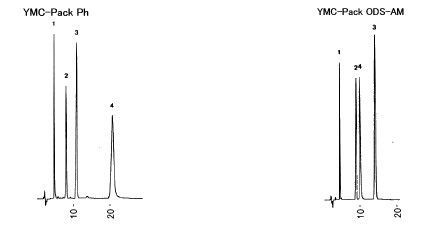|
F6028010
F6028020
F6028025
F6028030
F6027030
F6028040
F6027040
F6028050
F6027050
F6028060
F6028090
F6027060
F6028070
F6027070
F6700300
|
GPC KF-801
GPC KF-802
GPC KF-802.5
GPC KF-803
GPC KF-803L
GPC KF-804
GPC KF-804L
GPC KF-805
GPC KF-805L
GPC KF-806
GPC KF-806M
GPC KF-806L
GPC KF-807
GPC KF-807L
GPC KF-G
|
≧ 18,000
≧ 18,000
≧ 18,000
≧ 18,000
≧ 18,000
≧18,000
≧ 18,000
≧ 11,000
≧ 11,000
≧ 11,000
≧ 13,000
≧ 11,000
≧6,000
≧ 6,000
|
1,500
5,000
20,000
70,000
70,000
400,000
400,000
4,000,000
4,000,000
*(20,000,000)
*(20,000,000)
*(20,000,000)
*(200,000,000)
*(200,000,000)
Guard column –
|
6
6
6
6
6
7
7
10
10
10
10
10
18
18
8
|
8.0 x 300
8.0 x 300
8.0 x 300
8.0 x 300
8.0 x 300
8.0 x 300
8.0 x 300
8.0 x 300
8.0 x 300
8.0 x 300
8.0 x 300
8.0 x 300
8.0 x 300
8.0 x 300
4.6 x 10
|


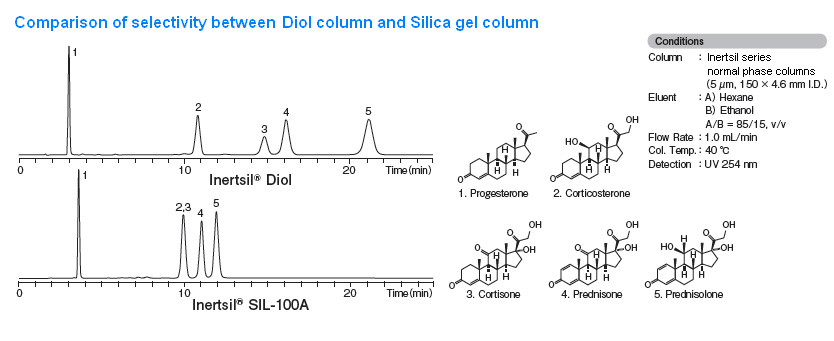
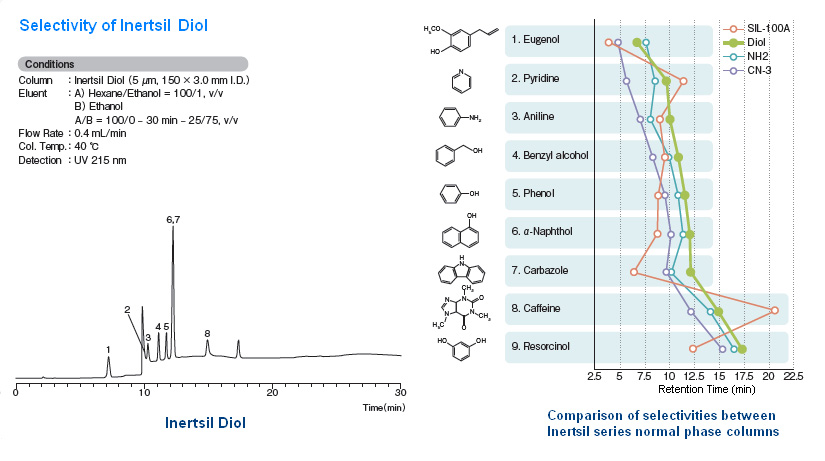


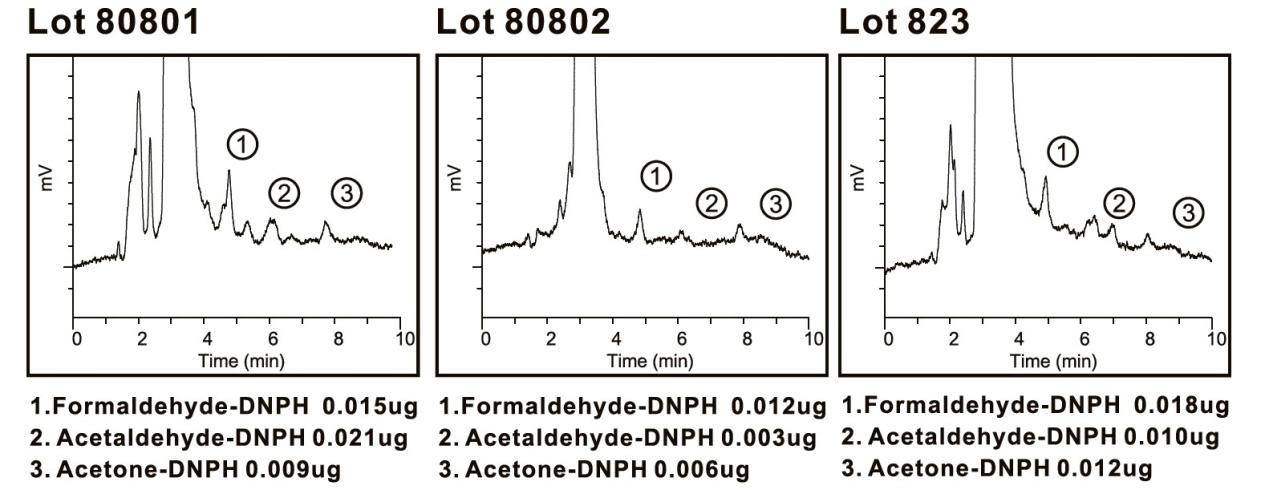

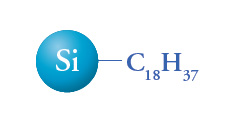
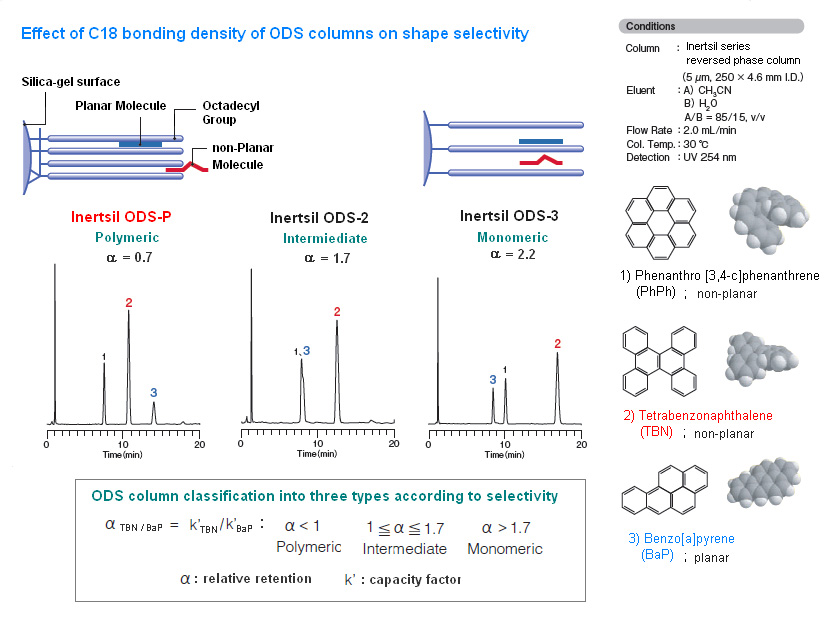
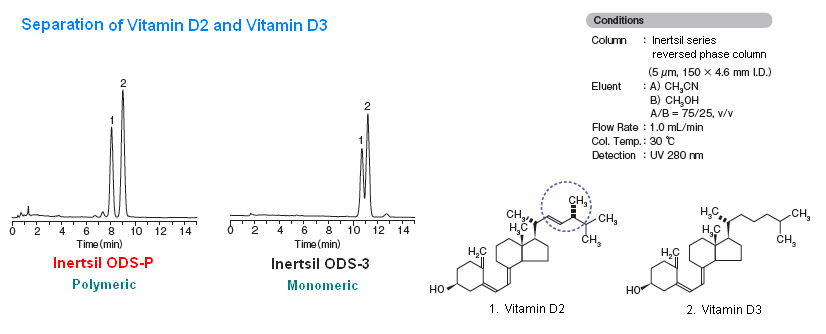

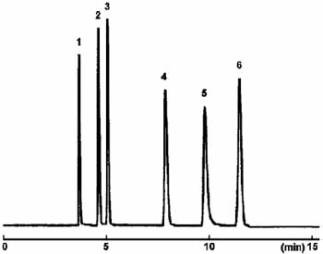
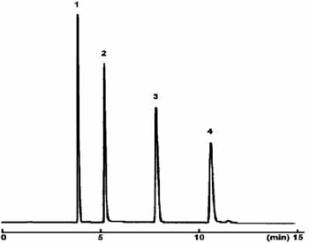
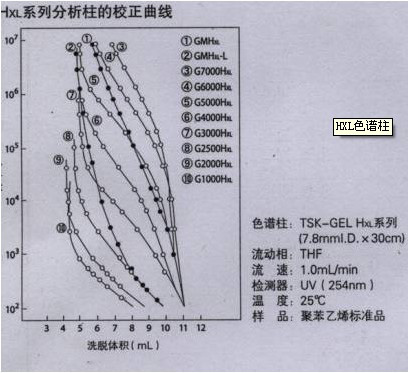

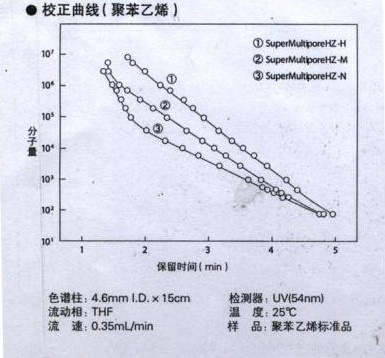
![D-葡萄糖[GOPOD法]检测试剂盒 D-Glucose (GOPOD Format) Assay Kit 货号:K-GLUC Megazyme中文站](http://www.harlanteklad.cn/wp-content/uploads/2021/12/20211201_61a77e7578369.jpg)
![D-葡萄糖[GOPOD法]检测试剂盒 D-Glucose (GOPOD Format) Assay Kit 货号:K-GLUC Megazyme中文站](http://www.harlanteklad.cn/wp-content/uploads/2021/12/20211201_61a77e75bd232.jpg)

